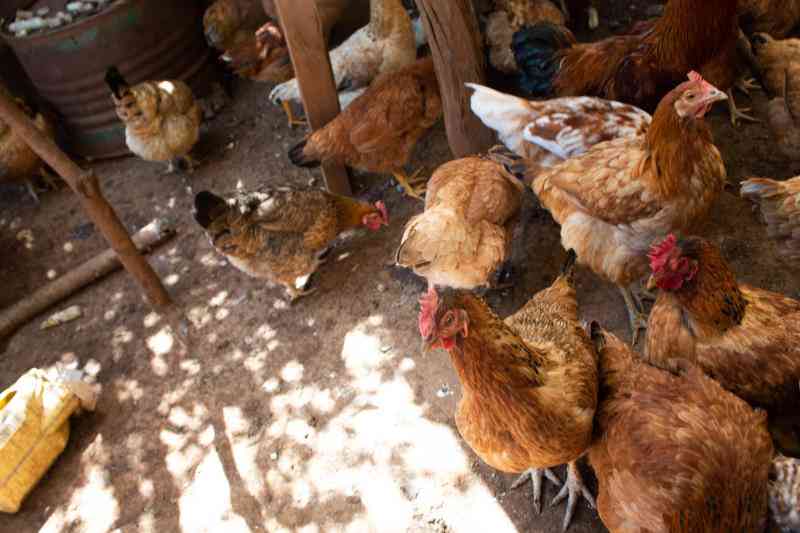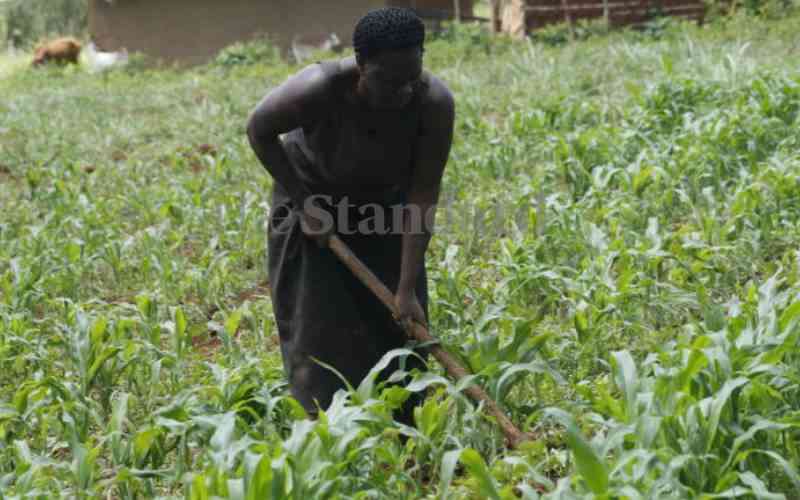With revival efforts of the collapsed cooperative societies yielding minimal results, a new model – The Producer Business Group – brings new hope for today’s farmer.
Cooperative societies collapsed under the heavy weight of poor management. Farmers then lost trust in them and are reluctant to revive them.
To provide an alternative approach, the Producer Business Group (PBG) model was innovated and used to generate significant results by the Kenya National Farmers Federation (KENAFF) in 2011.
To date, 121 PBGs have been formed with successful agribusiness initiatives in Bomet, Kakamega, Siaya, Meru, Kwale and Murang’a counties, thus improving members’ livelihoods.
The model has contributed to farmer organisation by forming cohesive and committed farmer-based legal entities, which have shown considerable resilience to shocks under the changing socio-economic and environmental circumstances.
It has offered them opportunities to once again organise their production systems along the entire value chain for optimal benefits, which for some time they have been deprived of.
They have played critical roles in strengthening value chains especially the links between producers, processors and shippers. It is therefore, the most effective way to tap into opportunities from agriculture sector transformations resulting from globalisation, technology development and emergence of new consumer behaviours.
Joint ventures
The approach significantly improves the socio-economic conditions of small scale farmers in various ways. It dismantles the culture of smallholder individualism by introducing joint ventures thus nurturing the lost trust in the former cooperative movement.
As a result, there is increased benefit accruable from the agricultural production process due to cohesiveness of the farmer group members providing social guarantees for loans.
In addition, it offers opportunity to check the extent to which commission agents can interfere with product pricing ensuring price stability.
Further, it facilitates product differentiation and customisation through appropriate value addition for better pricing.
It also emphasises and ensures better product quality, quantity and consistency in supply thus sustained quality and quantity improving market access. Through joint efforts along the Agriculture Produce Value Chain (APVC) continuum, the model results in reduced cost of operations and enhanced access to extension and technical services. Lastly, it provides avenues for better engagement with development partners interested in various value chain aspects.
Producer organisations can conglomerate at various levels but for entrepreneurial purposes, it is important that their current units be organised for business purposes as follows.
Level 1: Formation and empowerment of farmers start with consolidation of individual farm family representatives into groups organised along a universally accepted commodity therefore the name Common Interest Groups (CIG).
Stay informed. Subscribe to our newsletter
Their core function is production and acts as the basic units for capacity building. Once formed, every CIG elects leadership to chart direction for the entire group.
Level 2: The next step is transformation of Common Interest Groups (GIGs) into Producer Business Groups (PBGs). Several CIGs come together under a business orientation principle to form one PBG. PBGs are groups of farmers who have a common interest within the specified region of operation which is facilitated by appropriate agrozoning.
At this level, production is emphasised due to guaranteed market and good prices that can supply an agro-investment with the raw materials.
Level 3: At this level, the PBGs are linked up together to form Community Based Enterprises (CBE).
The CBEs are owned by the community in form of a cooperative or some community based private enterprise and registered accordingly.
Membership to CBEs is from PBGs and they conglomerate with a purpose of pooling their produce together and sell collectively/ bulking. Designation of collection centres and condition for delivery/intake are specified and adhered to by all farmers, in keeping with the need to stick to set standards.
Level 4: The CBE then supply the farm produce to the Agribusiness Enterprises that is at the highest level owned by a registered legal entity. The share holding should be by the members of the CBE, while in some cases, the latter may register their interest as cooperatives and still conduct the envisaged business, if the volumes and consistency of supply guarantees effectiveness and efficiency.
Solutions
The PBG model in itself cannot be adequate to offer smallholder farmers solutions. Government support and technical support through provision of appropriate management, technical and entrepreneurial skills remain key in sustaining local institutions.
Policies to support investments through public funds are essential considering the fact that on-farm capital stock represents 84 per cent of the total average annual investments in agriculture. Risks in the agriculture sector must be managed accordingly.
This will facilitate commercial banks and MFIs in developing unique financial products for small scale farmers and their institutions thus accelerating their access to finance. Targeted technologies through research and innovations cannot be ignored.
Successful farmer organisations have proven to be those initiated by the farmers themselves and can stand the test of time while on the other hand, government and facilitator initiated and dependent producer organizations have not been sustainable and thus not appropriate.
The writer is the CEO Kenya National Farmers Federation and chairman Kepsa Agriculture Sector Board
 The Standard Group Plc is a
multi-media organization with investments in media platforms spanning newspaper
print operations, television, radio broadcasting, digital and online services. The
Standard Group is recognized as a leading multi-media house in Kenya with a key
influence in matters of national and international interest.
The Standard Group Plc is a
multi-media organization with investments in media platforms spanning newspaper
print operations, television, radio broadcasting, digital and online services. The
Standard Group is recognized as a leading multi-media house in Kenya with a key
influence in matters of national and international interest.
 The Standard Group Plc is a
multi-media organization with investments in media platforms spanning newspaper
print operations, television, radio broadcasting, digital and online services. The
Standard Group is recognized as a leading multi-media house in Kenya with a key
influence in matters of national and international interest.
The Standard Group Plc is a
multi-media organization with investments in media platforms spanning newspaper
print operations, television, radio broadcasting, digital and online services. The
Standard Group is recognized as a leading multi-media house in Kenya with a key
influence in matters of national and international interest.









